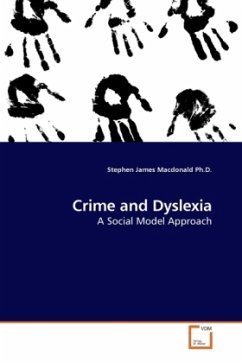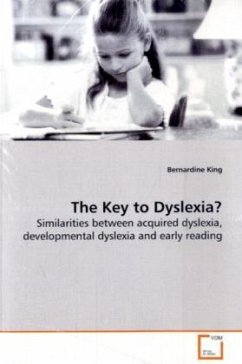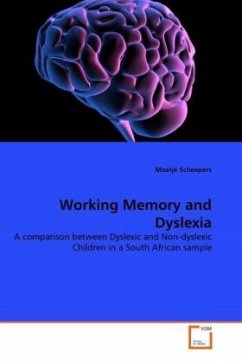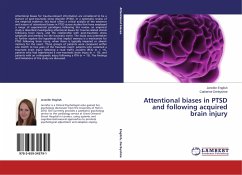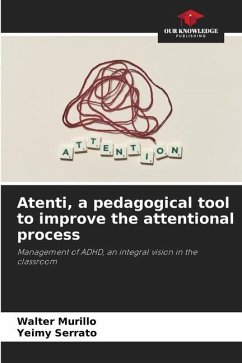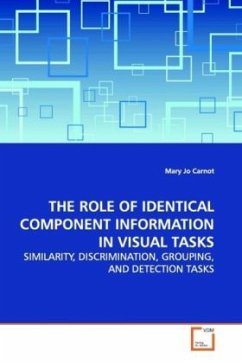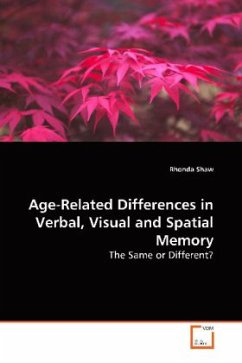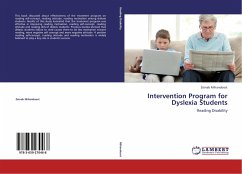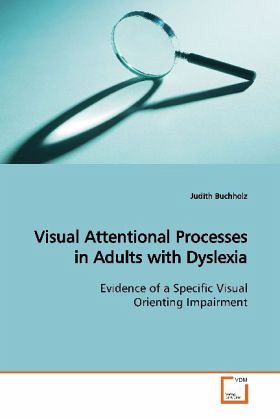
Visual Attentional Processes in Adults with Dyslexia
Evidence of a Specific Visual Orienting Impairment
Versandkostenfrei!
Versandfertig in 6-10 Tagen
45,99 €
inkl. MwSt.

PAYBACK Punkte
23 °P sammeln!
Evidence for a role of visuo-spatial attention indyslexia has been increasing. While many studies haveinvestigated attentional difficulties experienced bychildren with dyslexia, relatively few have examinedthese difficulties in adults with dyslexia. Theresearch presented in this book examines processes ofvisual attention in adults with and without dyslexia.Primarily, a case-based approach has been adopted.Background information to the nature of dyslexia andseveral theories of causality are presented. Therationale, together with an explanation of thescreening measures and analytical tools used,...
Evidence for a role of visuo-spatial attention in
dyslexia has been increasing. While many studies have
investigated attentional difficulties experienced by
children with dyslexia, relatively few have examined
these difficulties in adults with dyslexia. The
research presented in this book examines processes of
visual attention in adults with and without dyslexia.
Primarily, a case-based approach has been adopted.
Background information to the nature of dyslexia and
several theories of causality are presented. The
rationale, together with an explanation of the
screening measures and analytical tools used, is
given. Findings of several experiments examining
attentional processing are then provided.
Difficulties specific to visual orienting were
observed when adjusting and maintaining attentional
focus, but only under specific task conditions. The
results are discussed with respect to current
theories of dyslexia, and their implications to
dyslexia research. This book should be a valuable
resource for anyone involved in study, research or
practice in the fields of visual attention and dyslexia.
dyslexia has been increasing. While many studies have
investigated attentional difficulties experienced by
children with dyslexia, relatively few have examined
these difficulties in adults with dyslexia. The
research presented in this book examines processes of
visual attention in adults with and without dyslexia.
Primarily, a case-based approach has been adopted.
Background information to the nature of dyslexia and
several theories of causality are presented. The
rationale, together with an explanation of the
screening measures and analytical tools used, is
given. Findings of several experiments examining
attentional processing are then provided.
Difficulties specific to visual orienting were
observed when adjusting and maintaining attentional
focus, but only under specific task conditions. The
results are discussed with respect to current
theories of dyslexia, and their implications to
dyslexia research. This book should be a valuable
resource for anyone involved in study, research or
practice in the fields of visual attention and dyslexia.




